PPT-Midterm Review What you need to know for your Midterm:
Author : verticalbikers | Published Date : 2020-06-22
American Literary History through 1914 Terminology used in discussing literature How to find rhyme rhythm and meter How to do basic literary analysis Section 1 Major
Presentation Embed Code
Download Presentation
Download Presentation The PPT/PDF document "Midterm Review What you need to know fo..." is the property of its rightful owner. Permission is granted to download and print the materials on this website for personal, non-commercial use only, and to display it on your personal computer provided you do not modify the materials and that you retain all copyright notices contained in the materials. By downloading content from our website, you accept the terms of this agreement.
Midterm Review What you need to know for your Midterm:: Transcript
Download Rules Of Document
"Midterm Review What you need to know for your Midterm:"The content belongs to its owner. You may download and print it for personal use, without modification, and keep all copyright notices. By downloading, you agree to these terms.
Related Documents

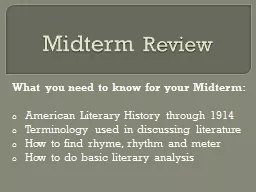
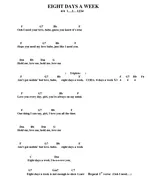
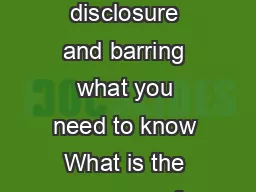
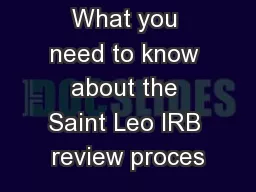
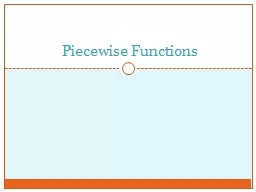
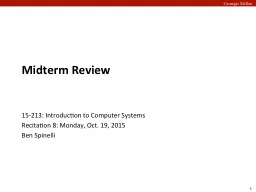
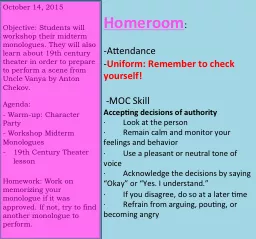


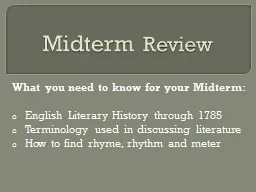
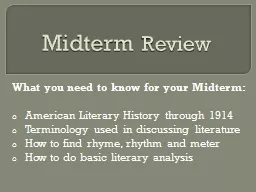

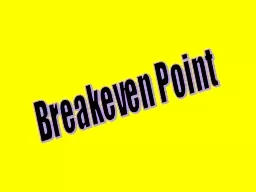
![[EBOOK] - Planet Law School II: What You Need to Know (Before You Go), But Didn\'t Know](https://thumbs.docslides.com/906479/ebook-planet-law-school-ii-what-you-need-to-know-before-you-go-but-didn-t-know-to-ask-and-no-one-else-will-tell-you-seco.jpg)